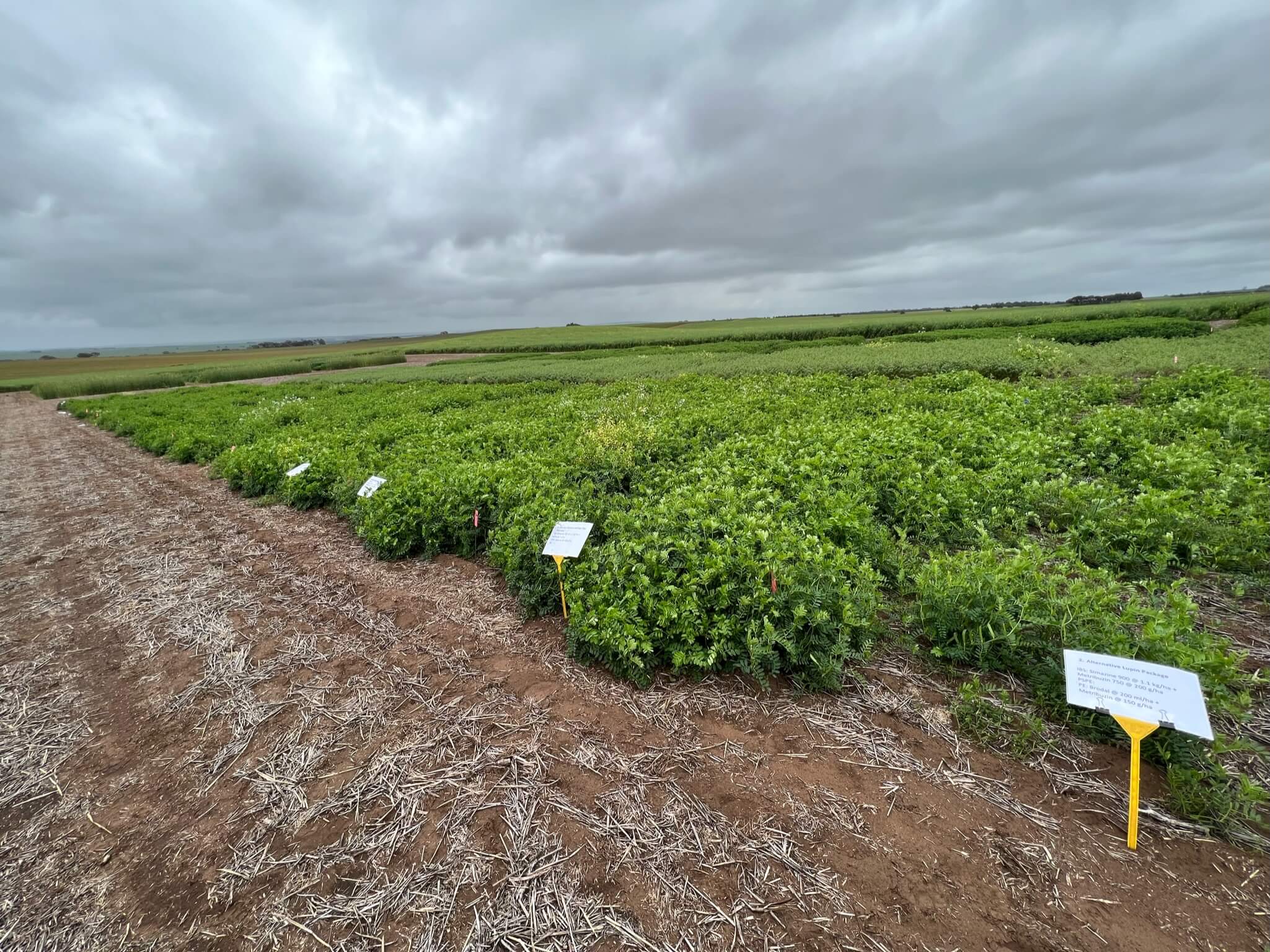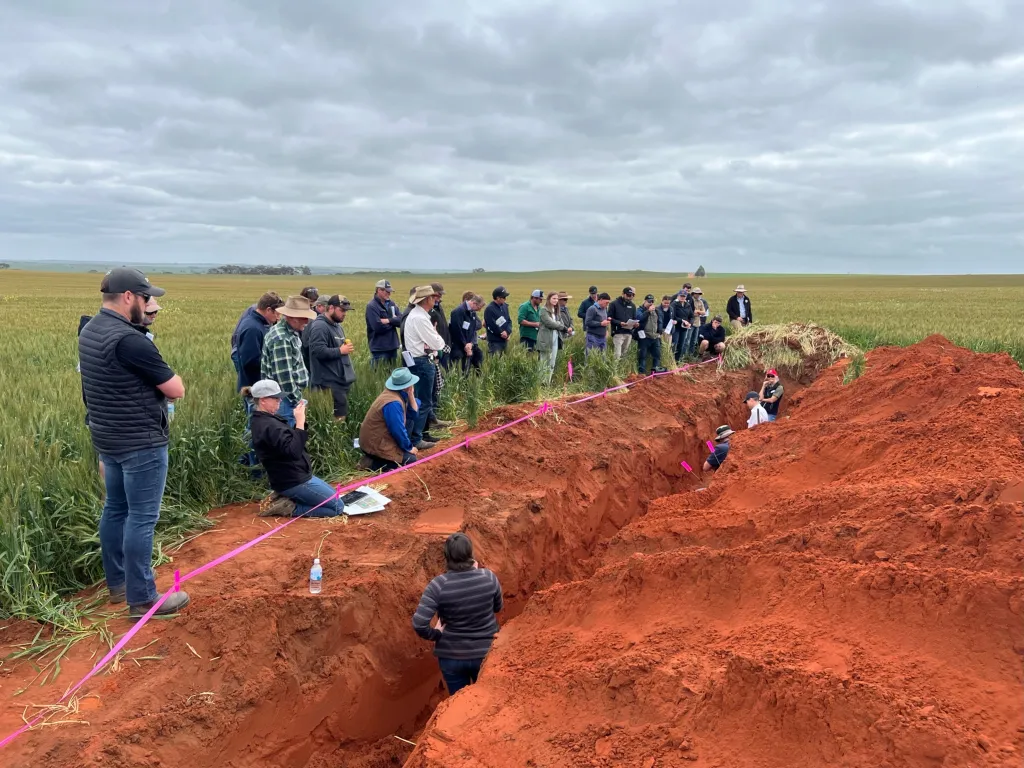Stubble Management Strategies in Focus
By Simon Kruger, WMG Project Communications Officer and Kate Parker, WMG Graduate Project Officer
At the recent WMG Crop Nutrition Day, WMG Mixed Farming Systems Officer Melanie Dixon presented a discussion session covering options for stubble management and the 2023 season results of the Western Australian Government State NRM funded Stubble Management Project. Melanie’s session followed on from DPIRD crop nutrition expert Craig Scanlan’s nutrient management and soil amelioration presentations, where the conversation had already moved into the advantages and disadvantages of retaining stubble.

A key aim of the Stubble Management Project is to investigate solutions to heavy stubble burden that maintain ground cover above 50% (reducing wind and soil erosion) and improving soil nutrients, organic matter, and soil moisture. The project has compared three different treatments from six different sites monitored over the 2023 season: leaving stubble standing, machinery manipulation, and a biostimulant application. While all three treatments showed no significant differences, the focus of the conversation moved to how stubble decisions can be simplified, allowing growers to base their management strategy on what works best for their current system, tailoring it season to season as needed.

Although stubble retention may not always translate to a detectable yield advantage, as seen in the results from the 2023 season, the benefits can come from other sources, such as improved water infiltration and conservation, enhanced soil fertility, and labour and input savings during seeding. While there’s no single solution to managing heavy stubbles, options like machinery manipulation and using stubble for nutrient recycling can lead to significantly lower fuel costs and less labour. Moreover, the GRDC estimates the cost of lost nutrients from removing chaff is about $2.50/ha in Western Australia, highlighting the economic advantages of stubble retention.
Working through the WMG Adoption Survey at the end of the session, it was evident that the majority of attendees recognised the importance of improved stubble management, concluding with interest in seeing return on investment data on how machinery manipulation methods would shape up compared to burning stubbles. This underscores the importance of finding practical solutions that fit into individual farming operations while understanding that the benefits from retaining stubble can take time to evolve. By integrating lessons learned from the Stubble Management Project, farmers can better tailor their stubble strategies to suit their unique needs.
Head to the Stubble Management Project page to find out more or get in contact with Melanie at projects@wmgroup.org.au.













